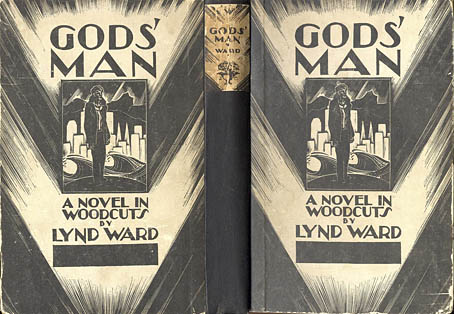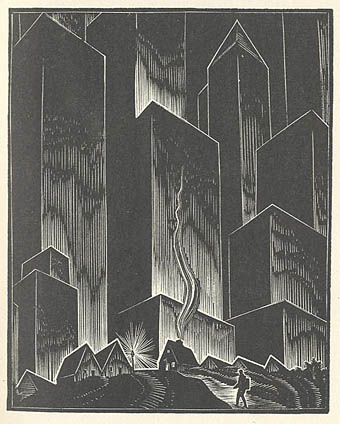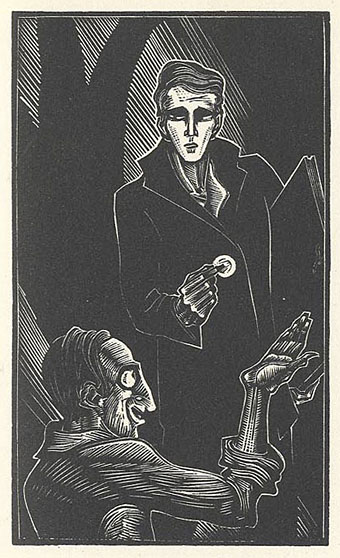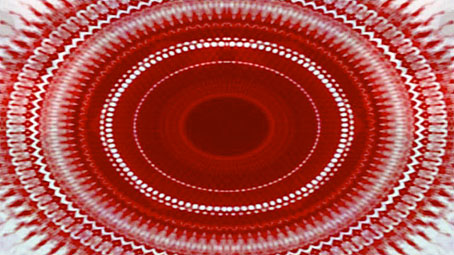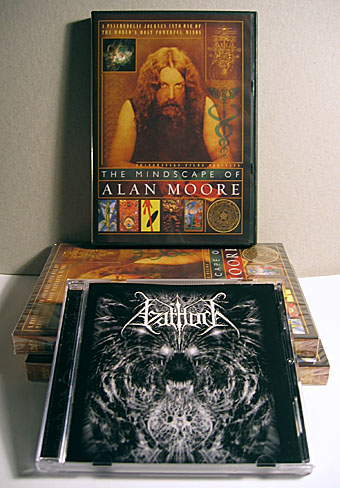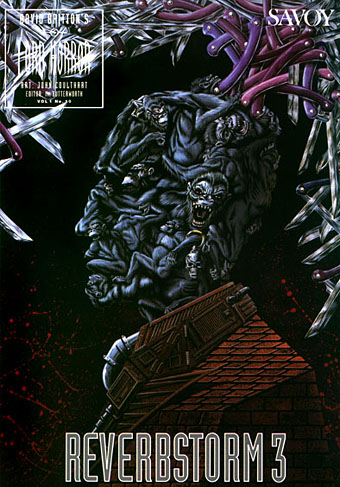I’ve never tried woodcut engaving—the closest was scraperboard and some linocuts when I was a teenager—but I’ve always admired the form and Lynd Ward (1905–1985) was one of its masters. Ward’s wordless “novels” were inspired by the similar work of Frans Masereel and you can see pages from two of these, Gods’ Man (1930) and Madman’s Drum (1930) at The Visual Telling of Stories. Ward’s work is frequently referred to as an inspiration by later illustrators, and comic artists especially have responded to these pictorial narratives. Woodcut illustration had a resurgence of popularity before and after the Second World War; most of MC Escher‘s early work is woodcut engraving, for instance. There are still a few contemporary practitioners, Clifford Harper being one of the most visible in the UK.
• Bud Plant’s Lynd Ward page
• A Lynd Ward site with examples from other books
Elsewhere on { feuilleton }
• The etching and engraving archive
• The illustrators archive

